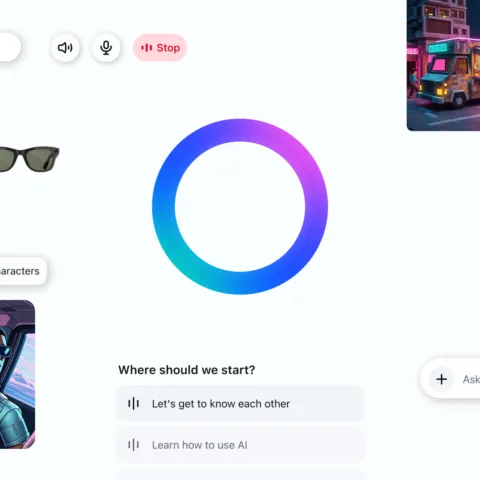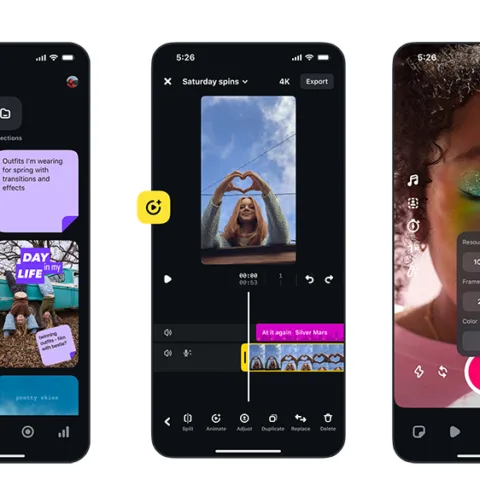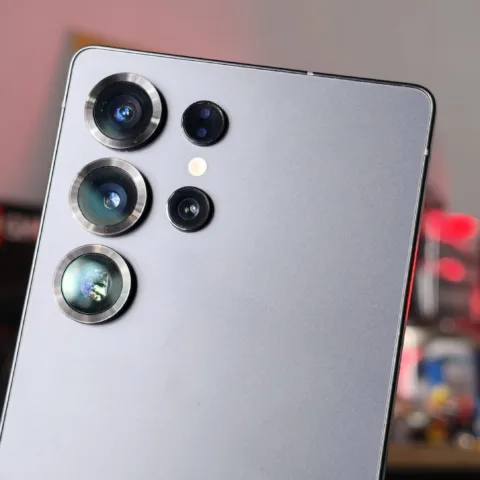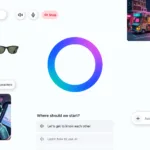On Thursday MessageMe became the latest mobile messaging app that joins the sticker craze as it introduces a number of free and paid sets of stickers. The week before, TenthBit’s Couple also added stickers for its users. With Path and Facebook joining the sticker craze this year, it looks as if the prevailing way to monetize messaging apps is by selling stickers instead of charging to use their services. But evidence shows that there are other ways.
Mobile consumers have been trained and led to believe that messaging apps are or should be free and that any messaging service should be free. Thanks to mobile network carriers in general setting the cost of SMS ridiculously high and generally keeping the service in the 1990s, a number of free to use Internet-dependent messaging services had began to show up on mobile platforms.
The likes of Yahoo Messenger, Nimbuzz, MSN, and Skype had been among the early ones to bring their services to mobile devices followed by messaging services developed natively for mobile environment. Applications such as BlackBerry Messenger, WhatsApp, and Viber helped kick start the mobile messaging revolution.
These apps have taught people that there is, or there should be, no directly attributable cost to use messaging services like the way SMS works. So what are the ways that messaging service companies have taken to earn revenue?
Stickers
The most obvious and perhaps easiest way to monetize messaging apps these days is by selling sticker packs. Line and KakaoTalk have been making millions through selling stickers to consumers and getting brands and celebrities to sell stickers on their platforms. When companies and individuals sell stickers on these messaging apps, it tends to be as part of a corporate deal to provide an official presence on the network.
American-based apps such as Path, MessageMe, Couple, and Facebook Messenger have only caught on the sticker craze this year due to the lack of cultural significance that stickers or emoticons have in the so called western society.
The Verge published a very detailed and comprehensive story a while ago on how emoji have taken Japan and the rest of world by storm, permeating beyond simple text messaging, into story telling in describing how people express themselves. Emoticons that depict exaggerated illustrations of feelings and expressions are well and truly ingrained in the Asian psyche.
The Next Web has an in-depth feature on how stickers have become a major part in messaging applications across the world earning companies tens of millions of US dollars. Essentially laying down the argument that not only are stickers here to stay but messaging apps had better catch on.
Gaming components
Even though stickers may be a significant part of messaging apps, Line and KakaoTalk, the two most prominent apps that ushered in the age of stickers for messaging applications, do not earn most of their money from there.
Companies behind both apps revealed recently that in-game purchases make up the largest portion of their revenues. KakaoTalk and Line are more accurately described as platforms as both offer games and other apps that are separately installed but link up to their messaging networks, leveraging the wider user base developed by their messaging apps.
People can buy items from inside these games to dramatically enhance their progress, eliminate certain barriers to play, or customize their experiences. As The Next Web noted earlier this week, Line’s in-game purchases contributed nearly $54 million to the company in Q2 2013, representing roughly half of Line’s revenue, while stickers delivered around $27.4 million.
KakaoTalk in July announced that its game related revenues have earned the company $311 million with 30 million people playing its 180 game titles and buying items sold through those games.
Corporate accounts
Documents obtained by The Next Web earlier this year showed that Line charges companies and celebrities to maintain official profiles on the messaging network. Not only do they have to pay a periodical maintenance fee, they have to also pay for the privilege of broadcasting messages to their followers/fans.
This practice of charging corporates and celebrities is not limited to just messaging apps as Twitter also has corporate deals in place to assist companies with the promotion and maintenance of their accounts if they wish to do so.
Premium and additional features
Perhaps the easiest methods to think of when deploying a service is providing premium services at a cost in addition to the standard services made available for free. Monetizing subscribers or consumers in this way generally won’t deliver a meaningful revenue stream unless the service has attracted a sizable following.
Skype charges for calls made to regular phone numbers and for video conferences involving more than two participants. Its premium subscription offers though, are also provided by other companies at no cost, so it’s a matter of whether people know about and willing to use alternatives. Skype claims to have hosted 33% of voice calls made around the world.
Skype has been earning between US$700-800 million per year since it was acquired by Microsoft in 2011 and earlier this year it’s said to be earning $2 billion in annualized revenue although the company did not publicly disclose Skype’s revenue in its annual financial report this year.
Aside from sticker packs, Korean app Between offers premium features which allows couples to send each other video messages, back up photos in high resolution, and use animated emoticons. Additionally Between also partners with companies in Asia to offer discounts and coupons for couples to buy things for each other such as photo books, flowers, and coffee. It also advertises travel packages and other lifestyle products and items from partner companies for couples to help them make the best of their times together.
Up to this point, WhatsApp looks to be the only major messaging app that charges a subscription fee for access although it won’t really begin to do so until next year. The yearly US$0.99 fee is small enough that there’s bound to be enough people among its 300 million users who are more likely to pony up the dollar to keep using WhatsApp rather than dumping it and switching to other services.
Stickers not the only way
There are dozens more messaging apps with other monetization methods, but these are just a handful of popular examples of how messaging apps can monetize their services if they wish to avoid charging their users for access. With companies earning significant revenues out of in-app and game-related purchases, selling sticker packs is certainly not the only method even if it seems that way.
For apps with much smaller footprint or user base, offering sticker packs may be the easiest way to monetize early before other business opportunities reveal themselves but it’s also perhaps the laziest path to revenue because it’s too easy. Line’s financial report shows that its sticker business deliver “only” a quarter of its entire revenue, about half that of its in-game purchases.
If sticker packs are becoming a staple of messaging apps, then so be it, but as the examples above have shown, there are other ways for messaging apps to monetize. In the long run, if stickers prove to be a fad, apps that rely heavily on them could collapse.











